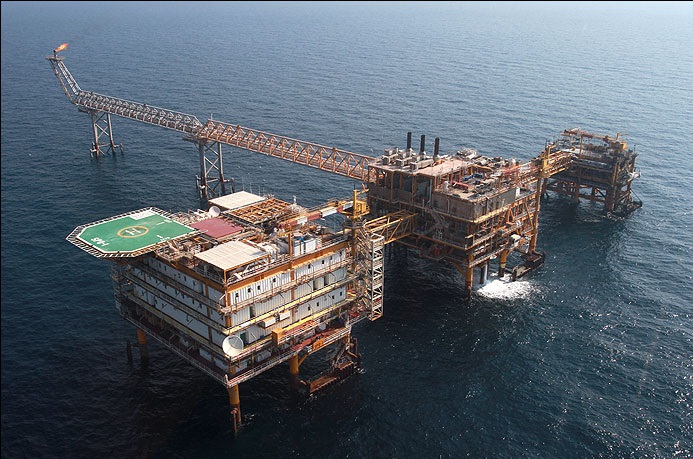North Pars was among a group of fields presented as potential projects for foreign investment under IPC terms of oil contract.
The investment needed for developing the North Pars gas field goes beyond $16 billion, $5 billion for upstream projects and $11 billion for downstream projects (liquefied natural gas projects).
North Pars was discovered in 1963 following 3D seismic testing. After the field was discovered, six exploration, appraisal and development wells were planned to be drilled so that the field would be developed.
Before the 1979 Islamic Revolution, international firms like Exxon were designing and building facilities for the North Pars development. Those activities were halted in 1979.
North Pars was then known to be the largest gas reservoir in Iran. Therefore, investment in this field picked up speed.
After the discovery of the giant offshore South Pars gas field, North Pars was delegated into the second rank.
As part of North Pars development, so far 17 wells have been drilled and 26 offshore platforms have been installed. However, development of North Pars is yet to start.
North Pars holds gas equivalent to four South Pars phases. North Pars would be able to produce 3,600 mcf/d of gas, an output requiring 46 wells.
The field is forecast to produce sustainably for 25 years. The recovery rate in North Pars would be about 61%.
The North Pars gas would be dispatched to LNG plants to allow for the production of 20 million tonnes of LNG a year.
Located 4,000 meters deep underground, North Pars has an area of 500 square kilometers.
57tcf Deposits
North Pars contains more than 57 tcf of gas, 72% of which is in the upper Kangan reservoir and the rest in the lower Dalan reservoir.
The first exploration well in North Pars was drilled in 1965 when sour gas was proven to exist in the structure.
The dome-structured field is located 10 to 15 kilometers from north of the Persian Gulf.
Each phase of North Pars would see about 1.2 bcf/d of gas output, therefore a total of 4.8 bcf/d.
According to development plans for this field, LNG production from one phase would belong to Iran and LNG from the other two phases will be for the foreign investor.
The gas recovered from one phase of this field would also be used for injection and domestic purposes.
North Pars covers 10,000 ha of land, 3,400 ha of which lies in Iran’s territorial waters.
Feasibility Studies Over
Feasibility studies on this field and allotment of land have been concluded. Refining and petrochemical industries are planned to be erected on a land measuring 90 kilometers long. Meanwhile, a freeway is to be built connecting Bushehr to Dayyer in order to facilitate access to North Pars.
Two other road construction projects are also under study. After the feasibility studies are over, construction will start.
Studies are also under way to build a railway connecting Bushehr to North Pars. The railroad will be extended as far as Bandar Imam.
Some 60,000 persons are forecast to be employed in implementing the project. That would create jobs for many people in Bushehr Province.
In the near future, North Pars would become a suitable place for investment in the upstream, midstream and downstream sectors of oil and gas.
Courtesy of Iran Petroleum


Your Comment